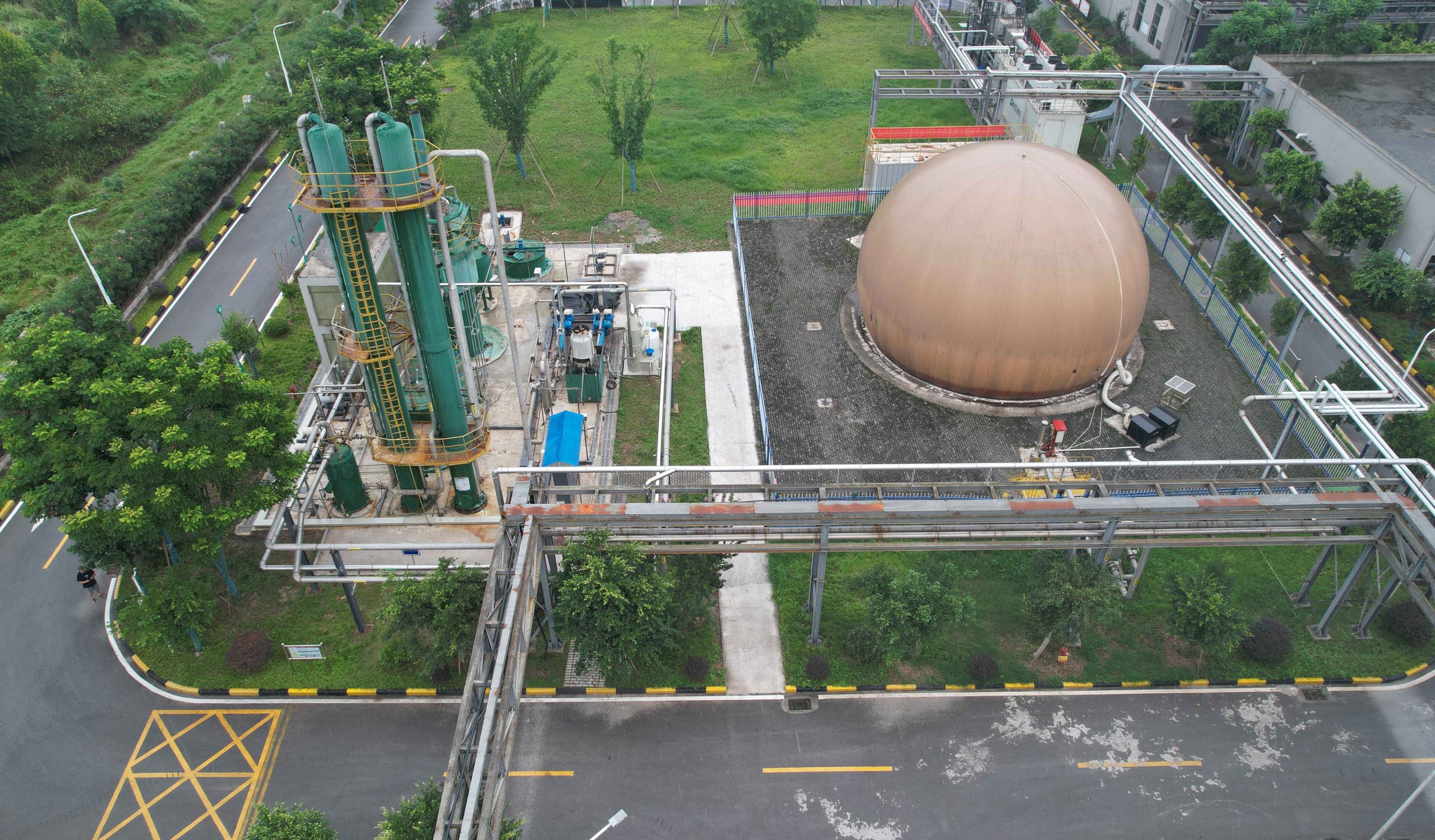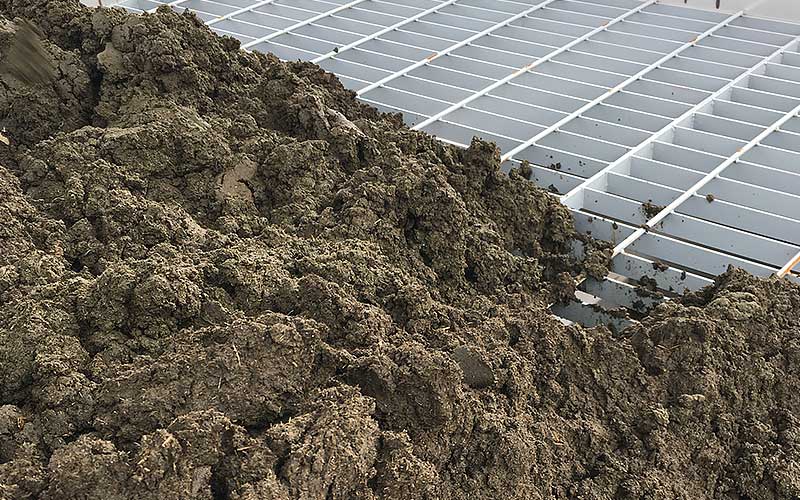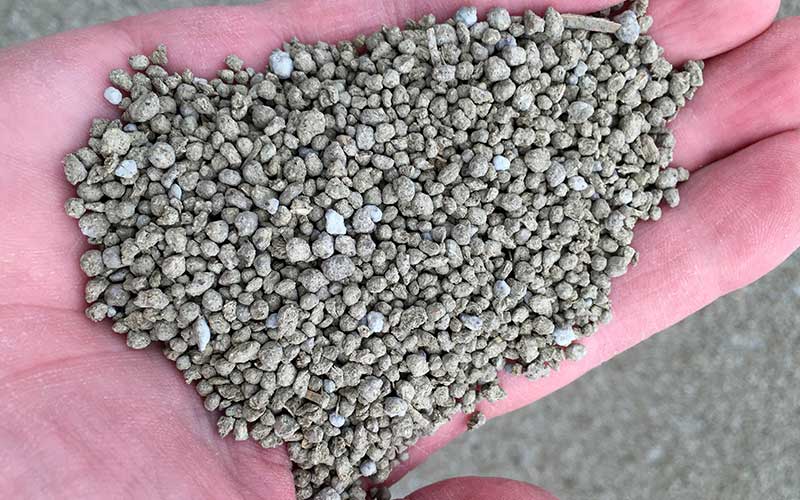
DIGESTATE TREATMENT: GRANULATION INCREASES VALUE
With the primary focus of most facilities implementing a digester being the resulting biogas, the solids remaining after digestion have historically been considered a waste stream to be managed. However, because the digestion process concentrates nutrients and converts them to a more plant-available form, the solids remaining after digestion are essentially an upgraded source of nutrients, making their reuse more enticing.
While some farms are able to use a portion of the digestate as-is, it faces many of the same challenges associated with raw manure – costly transport, limited storage options, and more. As a result, on farms with the capacity to justify the cost, most choose to take the additional step of granulating their digestate, further upgrading its value.
By granulating digestate into a dry fertilizer product, farmers can eliminate waste management challenges and significantly increase the value and marketability of the product, creating an additional source of revenue, all while operating more sustainably and reducing their carbon footprint.
THE DIGESTATE GRANULATION PROCESS
The granulation of digestate differs depending on the specific type of manure and various on-farm practices and technologies. First however, all digestate must go through a solid/liquid separation process.
SOLID/LIQUID SEPARATION (AND NUTRIENT CAPTURE)
After digestion and biogas capture, the remaining “digestate” is in the form of a slurry. This slurry has a high moisture content and can vary in consistency, making it an unsuitable feedstock for the granulation process.
A solid/liquid separation process such as dewatering is necessary to separate the solid from the liquid component. The resulting streams consist of a “nutrient cake” (the solid portion) and the extracted liquid portion, “tea water,” which can be used as a liquid fertilizer or employed in other non-potable uses on the farm. Once solid/liquid separation is complete, the granulation process can begin.

PRECONDITIONING
If the nutrient cake is non-uniform in particle size distribution and/or moisture content after solid/liquid separation, some pretreatment such as grinding or additional drying may be necessary.
MIXING AND GRANULE FORMATION
Mixing and granule formation are carried out in a mixer. Any binder or beneficial additives can also be incorporated in this step.
Because the nutrient cake still has a fairly high moisture content, a high rate of recycle (dried material) is required to blend with the incoming wet feed to improve the flowability and bring it into a suitable moisture content for granulation. This process of mixing in dried recycle is also known as “back mixing.”
The kneading action of the mixer incorporates the wet material into the dry recycle, creating a homogeneous blend and breaking apart any clumps that may have formed. As the material moves down the length of the mixer, the mixing action causes rough granules to form. These granules can move on to drying, or they can be further refined in a granulation drum.
DRYING, SCREENING, AND COOLING
Once granules have been formed, they move on to drying, screening, and often cooling. Drying may be carried out in either a rotary dryer or fluid bed dryer.
A crusher breaks down screened over-size material, which is then combined with the under-size to be fed back into the process as recycle.
The resulting product is a dry, granular fertilizer that can be sold at a premium.

CONCLUSION
Implementing a digester creates a valuable opportunity for farms to create an additional stream of revenue, not only through biogas capture, but also through granulating the resulting solids. By granulating the concentrated nutrient cake remaining after digestion and solid/liquid separation, farms can create a saleable product.



